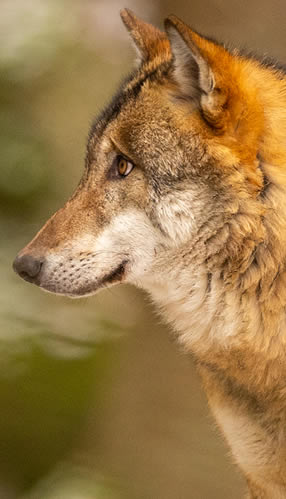
The Resilient Wolf: Symbol of Wilderness
Wolves (Canis lupus) are one of the most iconic and widespread predators in the animal kingdom. Found throughout North America, Europe, and Asia, wolves are highly adaptable and thrive in a variety of habitats, from dense forests to frozen tundras. As apex predators, wolves play a critical role in maintaining the balance of ecosystems by controlling prey populations.
Wolves are known for their strong social structures, living in packs that can range from just a few individuals to over a dozen members. These packs are typically led by an alpha pair, a dominant male and female who lead the group in hunting, defending territory, and raising pups. Communication within the pack is highly sophisticated, with wolves using body language, vocalizations like howling, and scent marking to coordinate their activities.
The wolf's reputation has been marked by both admiration and fear. In many indigenous cultures, wolves are revered as symbols of courage, loyalty, and wilderness. However, in other parts of the world, wolves have been historically viewed as threats to livestock and human settlements. This negative perception led to widespread hunting and near extinction in some areas. Thankfully, conservation efforts and reintroduction programs have helped restore wolf populations in many regions, including the U.S. and Europe.
Wolves are carnivorous and hunt in packs to take down large prey such as deer, elk, and moose. Their hunting strategies rely on teamwork and endurance, often chasing prey over long distances before making a coordinated attack. This cooperation and resilience have made wolves one of nature’s most efficient predators.
The wolf’s return to areas from which it had been wiped out symbolizes the importance of predator species in maintaining biodiversity and ecosystem health. The continued protection of wolves is crucial for the preservation of natural landscapes and the wildlife that inhabits them.
